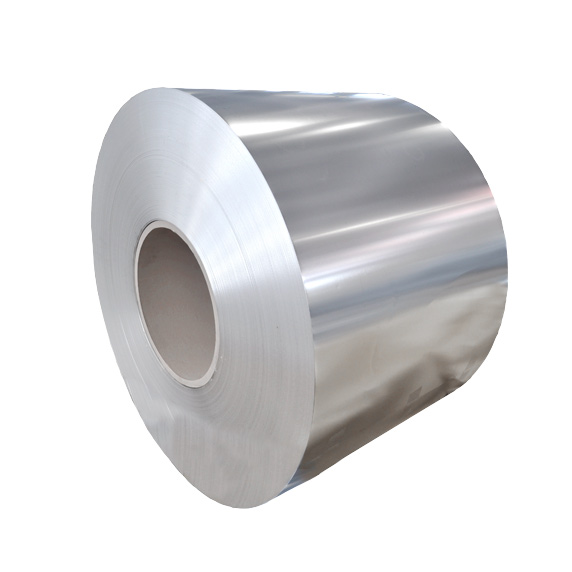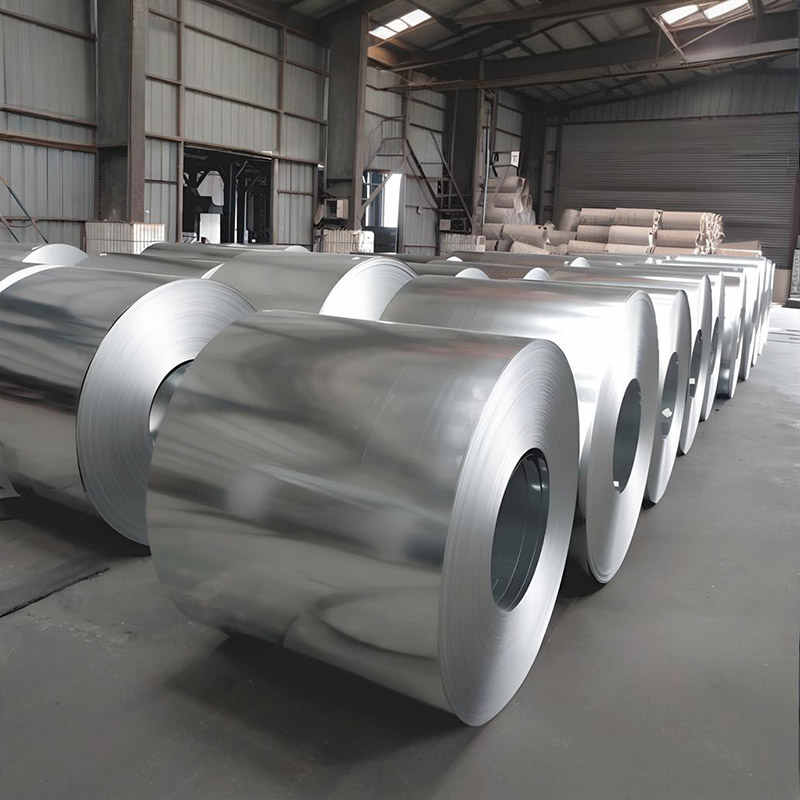What exactly is tin coating and why has it become an essential surface treatment across multiple industries? Tin coating involves applying a thin layer of tin onto various substrates through processes like electroplating, hot dipping, or vapor deposition. This versatile coating offers exceptional protection while maintaining the original material’s properties.
What makes tin coating stand out among other protective treatments? The answer lies in its unique combination of properties. Tin provides outstanding corrosion resistance, especially in environments where oxidation is a concern. Its excellent electrical conductivity makes it indispensable in electronics manufacturing, while its non-toxic nature ensures food safety in packaging applications.
Where is tin coating most commonly applied? The automotive industry relies on tin-coated components for their solderability and resistance to wear. In electronics, circuit boards benefit from tin’s conductivity and solderability. Food packaging utilizes tin for its non-reactive properties, ensuring product safety. Even the renewable energy sector employs tin coating in solar panel manufacturing for enhanced durability.
How is tin coating applied to different surfaces? Various methods exist to suit specific requirements. Electroplating offers precise control over coating thickness, ideal for electronic components. Hot dipping provides thicker coatings for larger items like automotive parts. Vapor deposition creates ultra-thin, uniform layers perfect for high-tech applications. Each method offers distinct advantages depending on the intended use.
Is tin coating environmentally friendly? Tin is increasingly recognized as a sustainable option compared to other protective metals. It’s recyclable and doesn’t pose significant health risks during application or disposal. However, proper waste management remains crucial to minimize environmental impact.
Having worked with tin coatings for over 15 years, I’ve witnessed their evolution from simple protective layers to sophisticated surface treatments that enhance both performance and sustainability. The key to successful tin coating implementation lies in understanding the specific requirements of each application and selecting the appropriate process. One valuable lesson I’ve learned is that surface preparation is paramount—no coating can perform optimally on a poorly prepared substrate.
How long does tin coating last, and how should it be maintained? With proper application, tin coatings can maintain their protective properties for years. Regular inspection for signs of wear or damage ensures early intervention when needed. Avoiding exposure to harsh chemicals and maintaining appropriate storage conditions significantly extends coating life.
In conclusion, tin coating represents a versatile, reliable solution for protection and performance enhancement across diverse applications. Its unique combination of properties, combined with evolving application techniques, ensures its continued relevance in an increasingly demanding industrial landscape.



